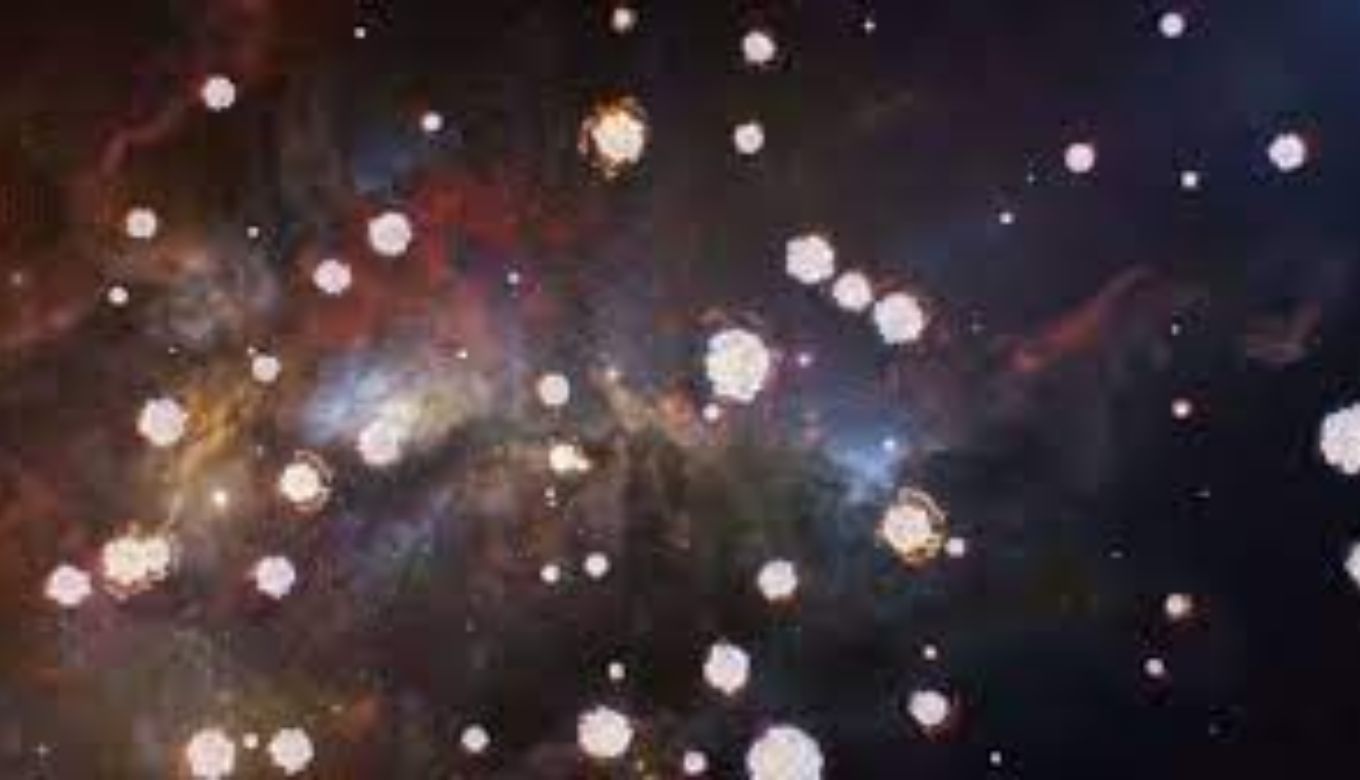Finding the first or primordial stars in the universe is still a daunting task for astronomers. Recently astronomers find the ashes of the primordial stars. But as we all know when the first star dies it is leftover was scattered in space and used by succeeding generations of stars.
So how is this possible that astronomers found the very first star in the universe that died billions of years ago and its leftover chemical elements are scattered throughout space and used by the next generation of stars in the universe?
Astronomers from the European Southern Observatory’s Very Large Telescope found the chemical remains of those primordial stars in the three distant gas clouds. Stefania Salvadori, Associate Professor at the University of Florence said “So, the very first stars and their remains are pretty much history. Or, are they? It turns out maybe not. “Primordial stars can be studied indirectly by detecting the chemical elements they dispersed in their environment after their death”
Astronomers studied the chemical wreckage of the primordial stars

Quasars’ light passes through these gas clouds. These chemical elements inside the gas clouds absorb the light at different wavelengths. Astronomers studied the spectrum through the very large telescope:
( Image Credit: European Space Observatory)
Stefanie and her team used the data from a Very large telescope to study the three gas clouds that contain the remains of the chemical leftovers from the death of the first star in the universe. The light from distant quasars passing through those gas clouds allows the VLT to look into them.
What is Inside the Chemical Wreckage of the Primordial Stars?

Stars have helium and hydrogen as the main component but they also have other components inside them like carbon, oxygen, iron, and silicon.
When the star exploded these chemicals spread throughout the space. But the extent to which these chemicals spread all over space is determined by the strength of the explosion. The gas clouds that contain the chemical wreckage of the primordial star have helium, oxygen, carbon, and hydrogen but very little iron inside them.
The reason is their supernova explosions were not energetic enough to scatter the heavy metal like iron from their core. These gas clouds are from the second generation of stars and they are directly made from the ashes of the first stars in our galaxy.
Stephanie Salvadori explained that these second-generation stars’ chemical composition is very rich and different from their parent one. She further said, “Our discovery opens new avenues to indirectly study the nature of the first stars, fully complementing studies of stars in our galaxy.”
Our sun is from the third generation of stars. This new discovery always opens the door to studying the characteristic of the first generation of stars and understanding the chemical composition of the primordial stars. It’ll help astronomers to understand the evolution of the stars.



